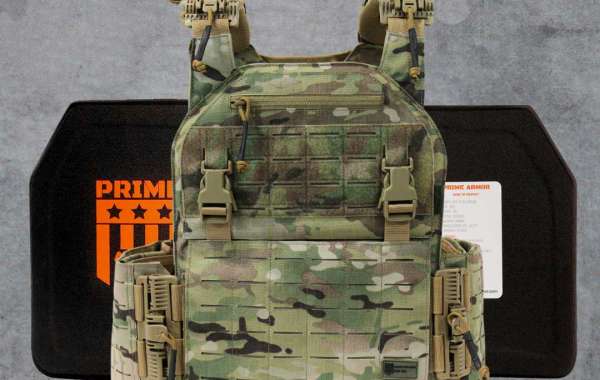The reliability of the armor depends more on the plate, which is the main "stuffing". Armor must withstand various types of damage (bullet, fragmentation) and at the same time - as light as possible, because the additional weight of ammunition makes it difficult for the fighter to move. In this material, we will consider in detail the features of steel and ceramic plates.
Steel plates
According to statistics, almost 90% of body armor used by the military is equipped with steel plates. It is generally accepted that steel can withstand bullets better (they "get stuck" inside the armor).
However, there are important nuances that you should pay attention to when choosing such a plate:
- Metal quality. You can count on reliability only when you are confident in the quality of armored steel. You can choose a manufacturer by making sure that there are quality certificates.
- The belonging of a body armor to a certain level of protection means that the plate must withstand the defeat of bullets of a particular type. For those who are on the first and second front lines, it is advisable to use body armor no lower than class 4-5.
- The presence of seals.
Before using a steel plate, it must be shot in conditions as close as possible to the field. Usually at least three shots are fired with different types of cartridges - and only after that the product receives a "green light". As for now, all use armor plate level III SRT. This is the most worthy choice in the third class of protection.
The main disadvantage of steel plates with their high efficiency is their weight. Imagine: the “armours” that the military used to have weighed up to 14 kg (!).
Ceramic plates
Completing "armor plates" with ceramic plates seemed an interesting alternative to steel ones. One of the notable advantages is that the weight of such a plate is significantly lower (from 3 kg). Ceramic absorbs all the kinetic energy of the bullet. Upon impact, a segment of ceramic is destroyed, absorbing all the energy.
The principle of "work" of such a plate is comparable to the protection of a car. With a strong impact, the hood of the car bends, also absorbing kinetic energy and mitigating the possible consequences for the people inside.
However, rather reliable ceramics inside body armor, in itself, is a more fragile material than steel. The delivery of such plates will not always be convenient, because when falling, the formation of microcracks is likely, which, of course, affects further operation. When using low-quality material - when a bullet hits, there is a high probability of a person being hit by fragments of ceramics.
When choosing a material for a plate, the main thing to consider is the location of the fighter and the features of his work. In conditions of active hostilities, the most important are the reliability and lightness of the plates. Therefore, modern manufacturers are working not only to improve protection, but also to reduce the weight of armor plates.








